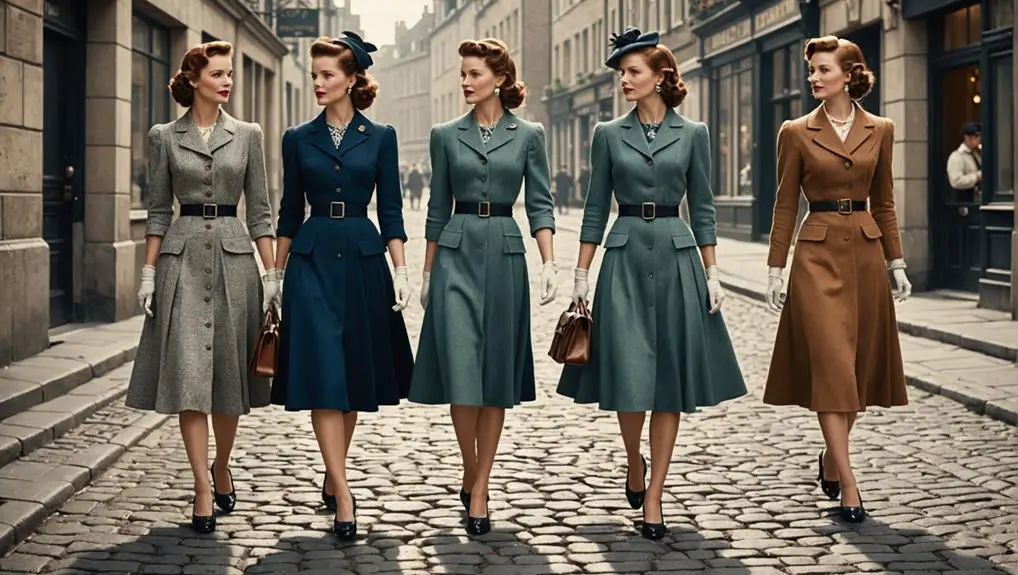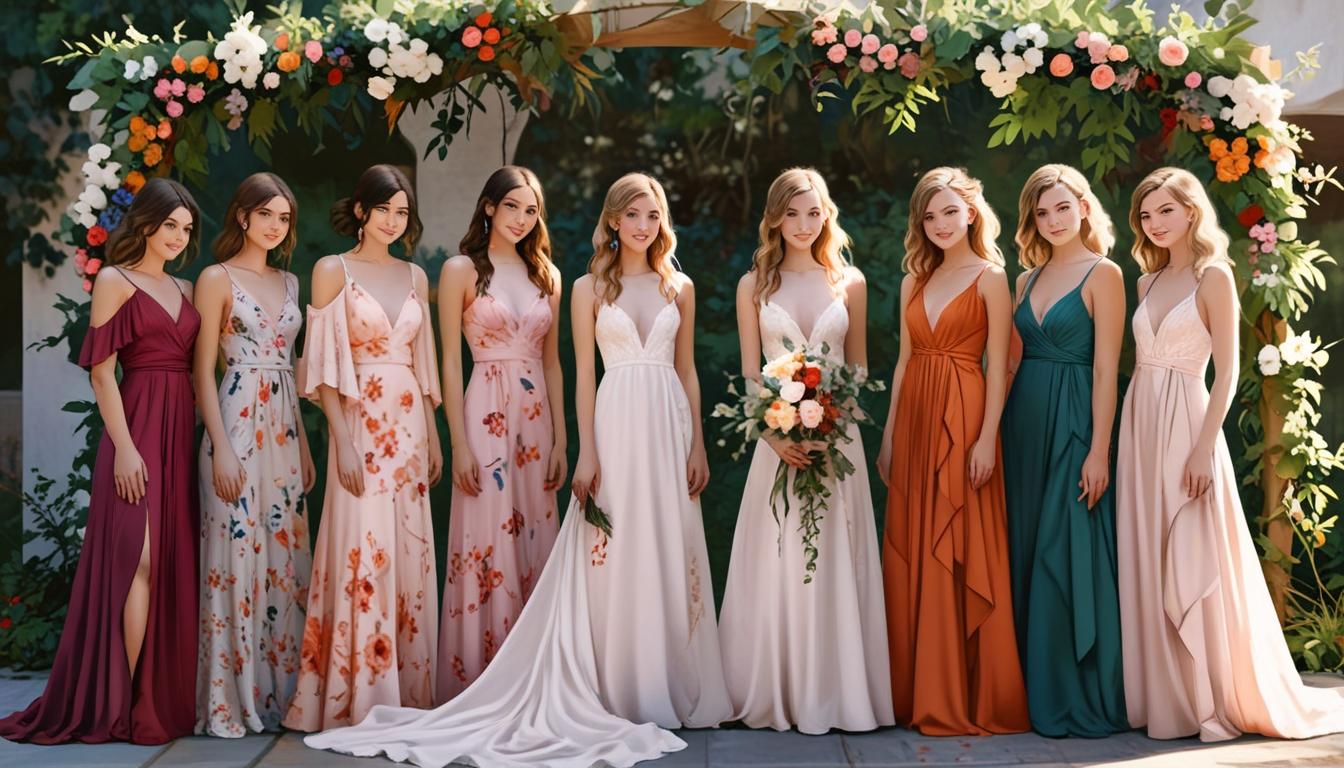In the 1940s, women's Mary Jane shoes became a defining fashion statement, merging style and practicality during a tumultuous time. The shoes featured a rounded toe and a single strap across the instep, embodying a blend of innocence and elegance. Crafted from durable leather or leatherette, they offered comfort ideal for everyday wear and dance. Popular styles like Chelsea Crew and Yanigans showcased unique stitching and buckle accents. Their cultural significance reflected a sense of playfulness and freedom, making them staples in women's wardrobes. If you explore further, you'll uncover more about their intriguing history and enduring legacy.
Historical Significance of Mary Janes
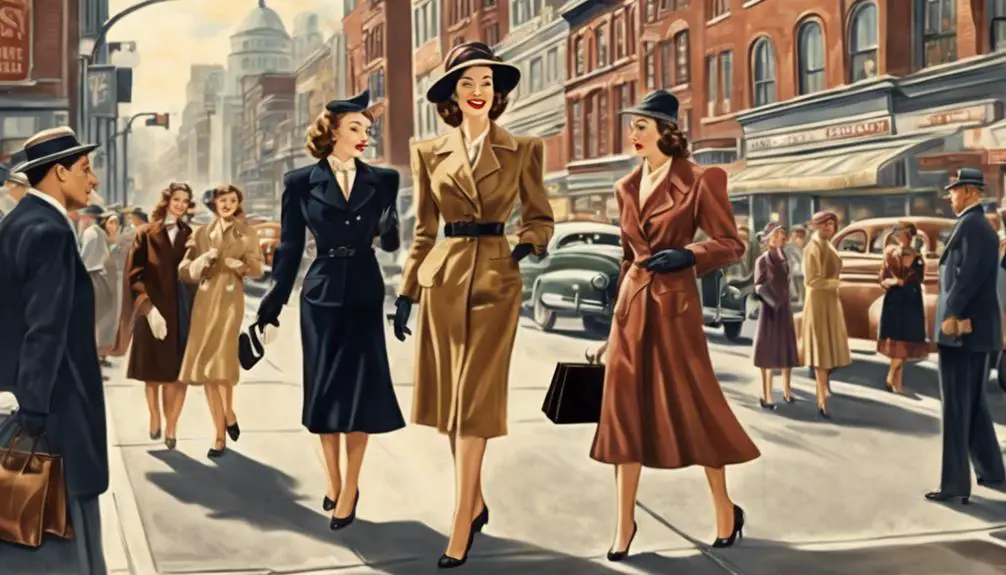
The historical significance of Mary Jane shoes during the 1940s can't be overstated; they represented a pivotal shift in women's fashion that balanced style and practicality. Emerging amid World War II, the 1940s saw women embracing a more practical style, and Mary Janes epitomized this cultural shift. Characterized by a strap across the instep, these shoes offered both comfort and a feminine touch, making them ideal for the modern woman maneuvering daily life. The popularity of vintage clothing from this era, including vintage labels and tags, further highlights the aesthetic appeal and craftsmanship associated with Mary Janes.
Initially designed for children, Mary Jane shoes gained traction among adult women, showcasing their versatility and appeal. Crafted from various materials, including leather and leatherette, the vintage design elements of the 1940s Mary Janes catered to those seeking fashion-forward choices while also evoking a nostalgic appeal.
This combination of comfort and style contributed to the enduring appeal of Mary Janes, ensuring their continued relevance in fashion. As contemporary interpretations draw from the classic designs of the 1940s, it's clear that Mary Jane shoes not only shaped women's fashion during that era but also established a lasting legacy that resonates today.
Design Features and Materials
While exploring the design features and materials of women's Mary Jane shoes from the 1940s, you'll notice their distinctive characteristics that blend functionality with style. The classic design of these shoes included a rounded toe and a single strap across the instep, which not only provided secure fitting but also added to their charm. With a low heel, they offered comfort for both everyday wear and dance floor fashion.
Here are some key design features and materials:
- Crafted from real leather or leatherette for durability
- Rounded toe shape promoting a youthful innocence
- Single strap design for an elegant yet playful look
- Decorative elements like stitching details and buckle accents
- Available in various widths, including narrow fittings like AA
These elements reflect the cultural trends of the 1940s, where Mary Jane shoes became a staple in women's footwear. Their versatility and vintage appeal made them perfect for any occasion, from casual outings to lively dances. The combination of comfort and style guaranteed that these shoes captured the essence of the era, making them beloved by many.
Popular Styles of the Era
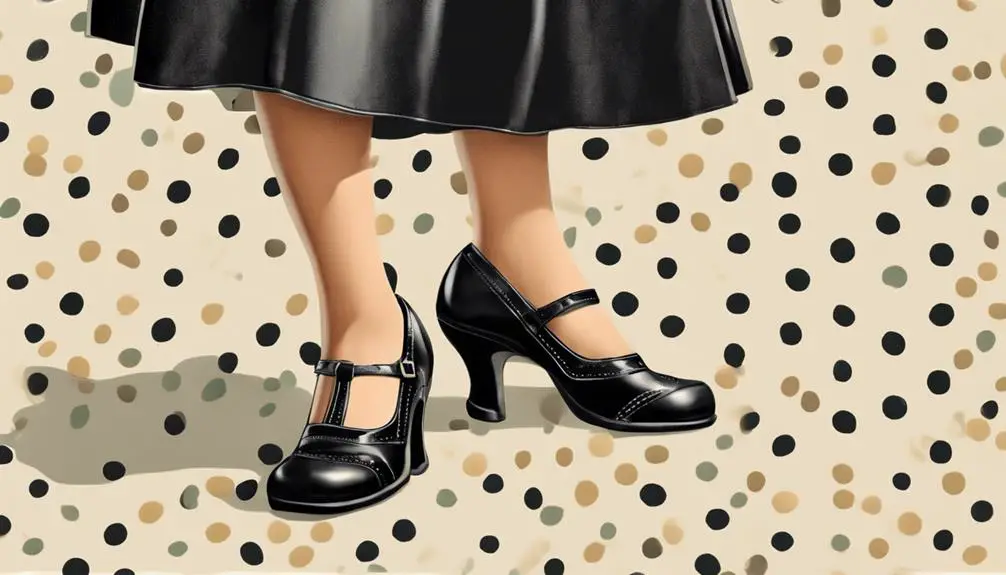
Mary Jane shoes in the 1940s showcased a range of popular styles that embodied the era's blend of practicality and charm. The classic Mary Jane styles featured a rounded toe, a strap across the instep, and a low heel, making them perfect for both everyday wear and special occasions. Notable examples include the Chelsea Crew 1940s Black Leatherette Mary Jane Madeline Heels and the Yanigans Mary Jane style shoe, both of which captured the vintage aesthetic that defined the decade.
Crafted from real leather, these shoes often incorporated elements of handmade cobbling, ensuring comfort and authenticity. This attention to detail not only enhanced their appeal but also linked them to cultural trends of the time, where dance floor antics and youthful charm became synonymous with the Mary Jane silhouette. The 1940s Mary Jane styles transcended mere fashion; they became cultural icons, representing a lifestyle and a sense of freedom.
Today, the enduring allure of these shoes continues to attract vintage footwear enthusiasts. Many styles from this era are highly sought after for their collectible value, allowing you to embrace a piece of history with every step you take.
Sizing and Fit Considerations
Finding the right fit is vital when exploring vintage Mary Jane shoes from the 1940s, as sizing can markedly differ from today's standards. Vintage sizing often includes narrow width fittings, such as size AA, which may not translate directly to contemporary footwear. When considering these classic styles, it's imperative to perform a fit assessment to guarantee comfort.
- Vintage sizes typically range from 5.5 to 10.5, with some wide options.
- Check size conversions, as measurements can vary considerably.
- Look for adjustable straps that enhance customization and comfort.
- Be aware that unique construction may lead to minor flaws, which impact fit.
- Prioritize a comfortable fit that accommodates your foot shape.
Understanding these factors will help you navigate the nuances of vintage Mary Jane shoes. Since they feature narrow fittings and distinct sizing, you may find that what you wear today differs from the past. Always try on or measure accurately to prevent any discomfort. By being mindful of these sizing considerations, you can embrace the charm of 1940s Mary Janes while making sure they feel great on your feet.
Cultural Impact and Legacy
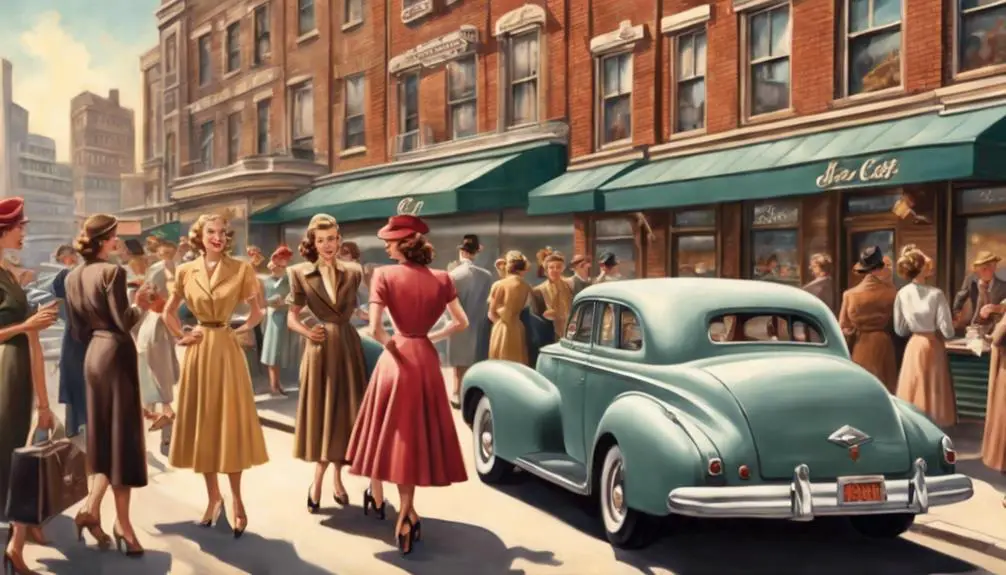
Emerging from the post-war era, the Mary Jane shoe style not only captured the essence of 1940s fashion but also played a significant role in shaping cultural identity during a transformative time. The embodiment of femininity, these shoes resonated with women seeking elegance amid societal changes. Associated with the character Mary Jane from the Buster Brown comic strip, they symbolized childhood innocence, appealing to women of all ages who longed for a touch of playfulness in their lives.
Designed for comfort, Mary Jane shoes became a staple for both casual wear and lively swing dancing. Their practicality allowed women to embrace the dance hall craze without sacrificing style. The craftsmanship of the era shone through in the unique embellishments, such as buckles and straps, reflecting a meticulous attention to detail in women's footwear.
The cultural legacy of Mary Jane shoes persists today, as contemporary designs pay homage to their classic roots. As you explore modern interpretations, you'll notice how this enduring style continues to celebrate femininity and comfort, solidifying its place in both fashion history and contemporary culture.
Frequently Asked Questions
Were Mary Janes Popular in the 40s?
Yes, Mary Janes were incredibly popular in the 1940s. Their comfortable design and versatility made them a go-to choice for many women, reflecting the era's blend of practicality and style in everyday fashion.
When Were Mary Jane Shoes Popular?
Mary Jane shoes gained popularity primarily in the early 20th century, peaking during the 1940s. Their enduring appeal stems from their stylish design, versatility, and cultural significance, particularly in dance and social settings, influencing fashion trends.
Did People Wear Mary Janes in the 50s?
Yes, people wore Mary Janes in the 1950s. The shoes became a staple, featuring rounded toes and single straps, appealing to both children and women, often paired with school uniforms and casual outfits for style and comfort.
What Makes a Shoe a Mary Jane?
A Mary Jane shoe features a rounded toe, a single strap across the instep, and often a low heel. You'll find its timeless design versatile, suitable for both casual and formal occasions throughout various decades.
